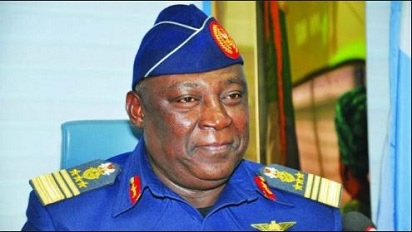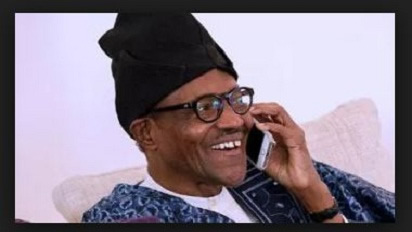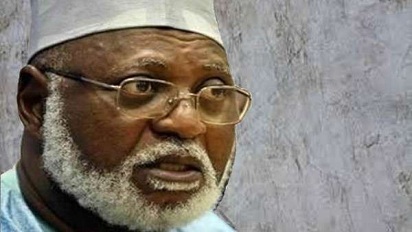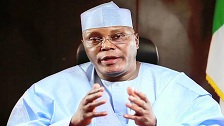Pre-colonial Nigerian cultures: Hairdressing as a work of art
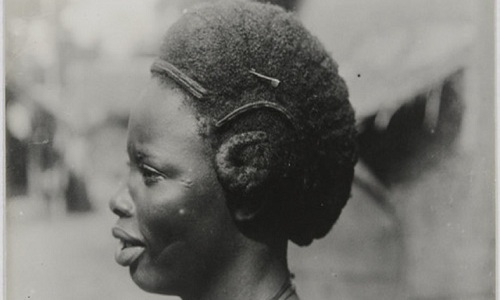
Historically, care and presentation of African hair was expressive, over-the-top and beautiful.
African hair possesses a personality of its own. Long before care for natural hair became mainstream, precolonial cultural groups used hair as means of identification, beautification and basically, craftmanship.

Some Nigerian ethnic groups were known for their distinct hairstyles in precolonial times. They consisted of pleating, plaiting, and top-knots, and the inclusion of other objects in form of elaborately carved woods or ivory combs, strings, cowries and wigs of human hair. Here are pictures that show the magnificence of African hair.
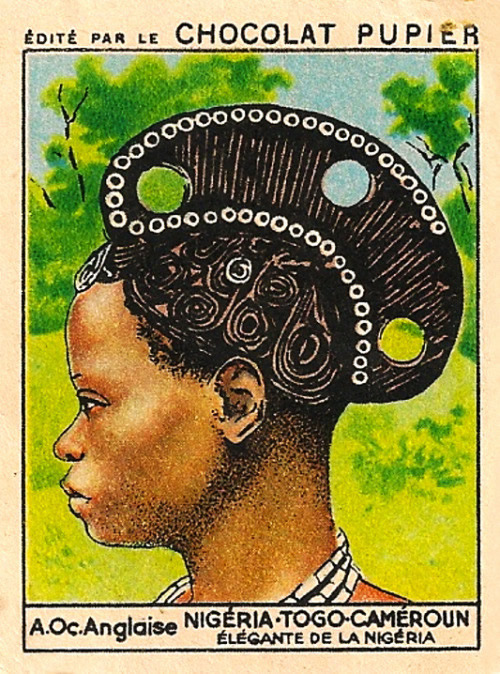
Igbo
According to Ukpuru, "The crested hairstyle ojongo was popular until the mid-20th century, it is a
distinctive feature of Igbo
arts depicting women. Women used ornaments like thread, feathers, shells, bone, wood, beads, Igbo currency, coins, or cloth; mud containing colourful ores, yellow and
red
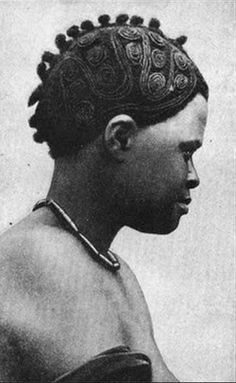
camwood powder or paste and palm oil and charcoal were also used for style."
Sometimes, thread was used to create the hairstyle, called Isi owu, and it is still common among some
women till today.
For the big structural hairstyles that used charcoal dust and palm oil, the hair had to be cut away
entirely as it cannot be undone, according to G. T. Basden in his 20th century expose, Among the Ibos of
Nigeria.
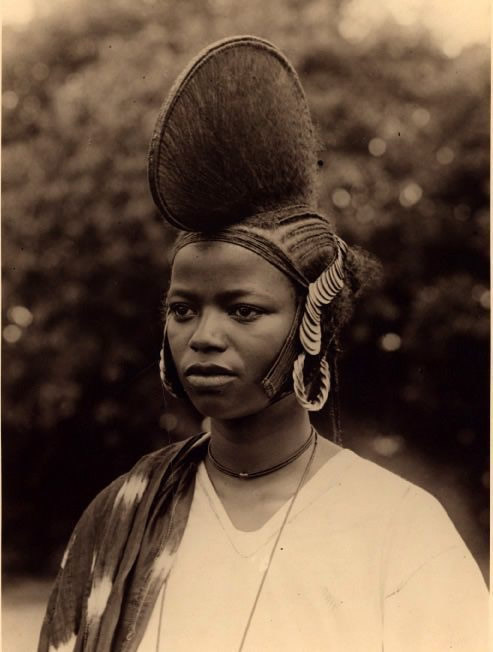
Fulani
The ancient Fulani hairstyles mainly consisted of mo-hawk-looking structures that spread all through the
areas the nomadic people passed. They usually make use of threads and beads to get the full look, a look
that has endured
Read Also:
2019 election Tinubu in charge of my campaign Buhari declares
Gunmenb abduct three persons in Delta community
Man secretly buried after being killed by igilante members in Delta
Golden Globes 2019 Full list of winners
Insurgency Details of Buhari's meeting with North East leaders emerge



